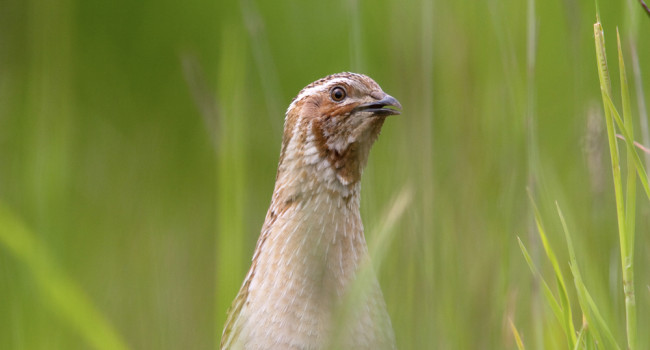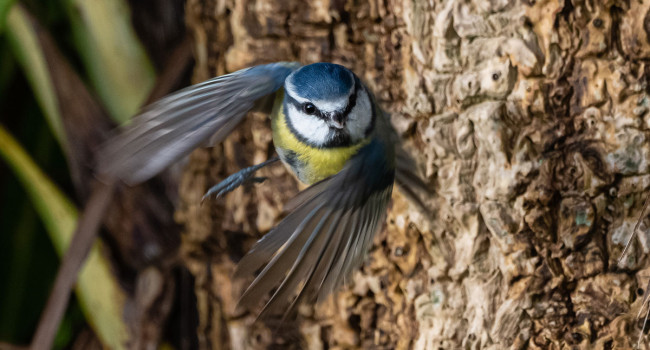Estimating national population sizes: Methodological challenges and applications illustrated in the common nightingale, a declining songbird in the UK

Author(s): Hewson, C.M., Miller, M., Johnston, A., Conway, G.J., Saunders, R., Marchant, J.H. & Fuller, R.J.
Published: February 2018
Journal: Journal of Applied Ecology Volume: 55 ( part 4 )
Digital Identifier No. (DOI): 10.1111/1365-2664.13120
This new BTO study looks at different methods used to estimate the population of Nightingales in the UK. Nightingales have declined by 61% in the last 25 years and therefore determining which sites contain the largest populations is vital. The study focused on 2733 2x2 km squares, 2356 where Nightingales were known to be, as well as randomly-chosen squares whose selection was stratified based on habitat suitability. By using different analytical methods, the final population was estimated to be between 5094 and 5938 territorial males, of which only 55-65% were counted during the surveys. It is therefore important to consider how to fully control for variability in detection and for birds outside of surveyed areas when estimating national populations.
The study also highlighted the importance of Lodge Hill SSSI for breeding Nightingales, which was designated for its nationally important population of the species, based on the results presented in this paper.
Abstract
To make recommendations for study design, we present methods used to estimate the UK population size of the common nightingale Luscinia megarhynchos. We assess the sensitivity of the population estimate to the analytical method used and identify sites of national importance for this territorial songbird.
Survey effort was directed by prior knowledge of the species distribution and the survey design maximised detectability by focussing on the period of greatest song output. We used three different statistical methods to account for detectability, estimating that 55%–65% of the national population was detected during surveys.
Birds in areas not known to contain the species accounted for 13%–23% of the population estimate. Methods to account for these individuals contributed the greatest uncertainty to the results, due to the difficulty of surveying a very large sample of random sites and consequent need to stratify the sample.
The 12 derived estimates ranged between 5,094 and 5,938 territorial males, with the confidence limits ranging from 4,764 to 6,534. Site delimitation, using clustering based on nearest‐neighbour distances, identified one site clearly of national importance and several others potentially nationally important, depending on the population threshold and clustering distance used.
Synthesis and applications. National population estimation is difficult and requires that species‐specific variability in detectability, and individuals present outside surveyed areas are accurately accounted for through survey design and statistical analysis. Accounting for these sources of error will not always be possible and will hamper efforts to assess true population size and consequently to determine whether sites, however defined, exceed critical thresholds of importance. Resources may be better invested in other activities, for example, in generating population trends based on relative indices. The latter are generally easier to produce, potentially more robust and arguably more suitable for many conservation applications.









Share this page